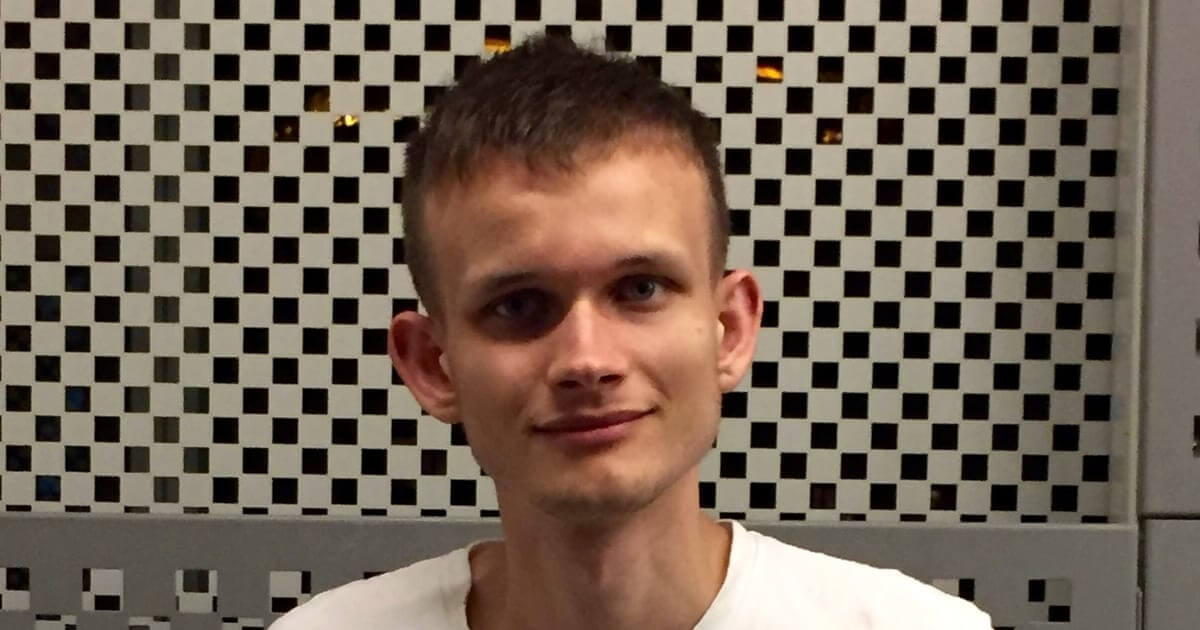Vitalik Buterin Proposes Quantum Resistant Hard Fork for Ethereum

Vitalik Buterin proposed a hard fork strategy for Ethereum to protect funds from quantum computer attacks, sparking a community-wide discussion on quantum security.
Ethereum co-founder Vitalik Buterin proposed a hard fork strategy. This preemptive measure is designed to protect user funds in case quantum computers are able to break current encryption defenses.
The proposal, outlined in a discussion on the Ethereum Research Forum, highlights the urgency of preparing the capabilities of quantum computers to solve problems such as discrete logarithm, which is the security of many current cryptographic algorithms, including those used on Ethereum. Supports .
The proposed hard fork entails the following steps:
- Revert all blocks after detecting a large-scale quantum attack.
- Disable existing externally owned account (EOA) transactions to prevent additional vulnerabilities.
- In line with the anticipated RIP-7560 standard, we have introduced a new transaction type for smart contract wallets.
- Implement a new transaction type or opcode that allows users to submit STARK proofs, proving their knowledge of private pre-images and public addresses derived through an approved hash function. The user’s account code will then be replaced with a new quantum-proof authentication code.
The conversation in the Ethereum community is based on a variety of expert opinions. One participant shared a visual to help understand the proof statement, while another discussed how to create a fail-stop signature scheme by incorporating an existing quantum security fallencyclopedia image for a wallet into an ECDSA signature nonce.
Some community members have warned that if quantum computers capable of decrypting Ethereum wallets are already in malicious hands, it may be too late to distinguish between legitimate owners and attackers. They suggest that instead of relying on stateful post-quantum algorithms, Ethereum should use NIST-standardized algorithms in a hybrid mode alongside classical algorithms, such as combining Dilithium and ed25519. However, this increases the block size due to the large signature and public key sizes of current post-quantum methods.
Others have proposed the development of machine learning systems to monitor and detect unusual transactions as an early warning system to trigger fail-safe forks.
The community’s response highlights the importance of staying ahead of the security race against quantum computing. Innovations such as Lamport signatures and ERC 4337-based quantum-resistant smart contract wallets are already in development, as is the integration of quantum-safe cryptographic means into other digital signature applications.
This initiative by the Ethereum community reflects the broader blockchain ecosystem’s commitment to resilience and adaptability in the face of new technological threats. As quantum computing advances, the blockchain sector’s proactive stance on security will be critical to its long-term viability and reliability.
The Ethereum team and community’s proactive approach to quantum security demonstrates a clear awareness of the challenges ahead and a willingness to tackle them head-on. This ongoing conversation will shape the future of Ethereum’s infrastructure and set a precedent for other blockchain platforms.


